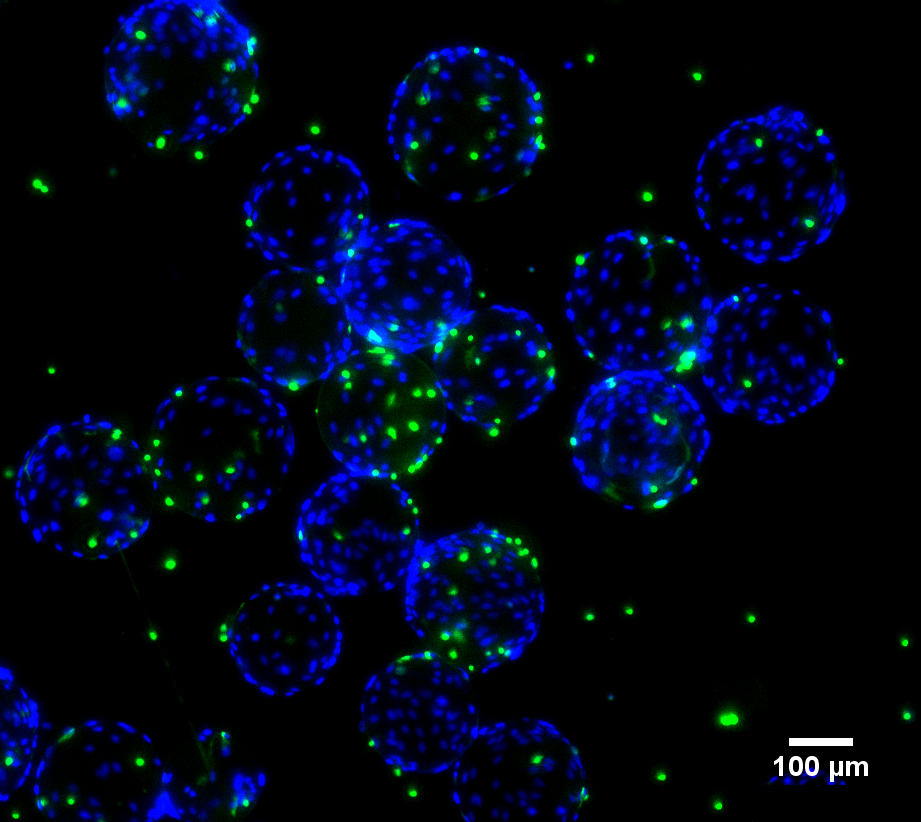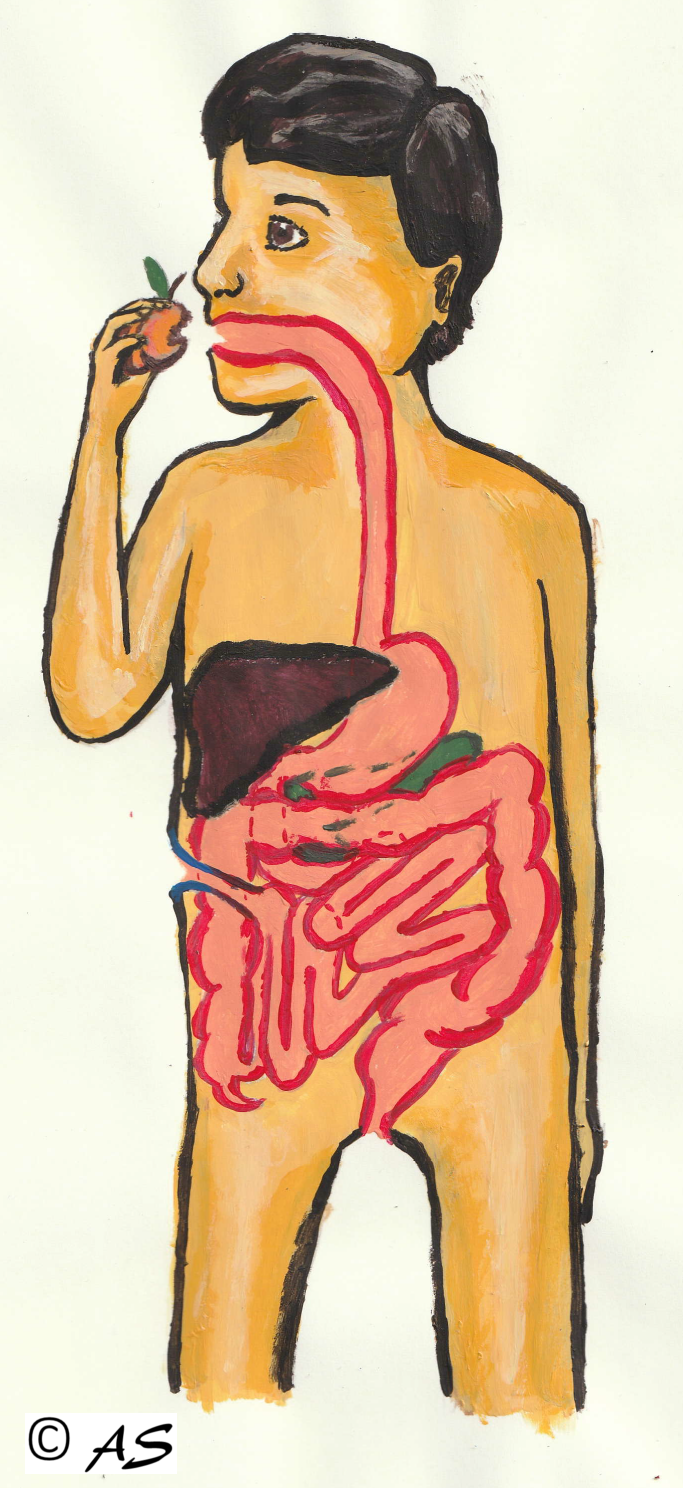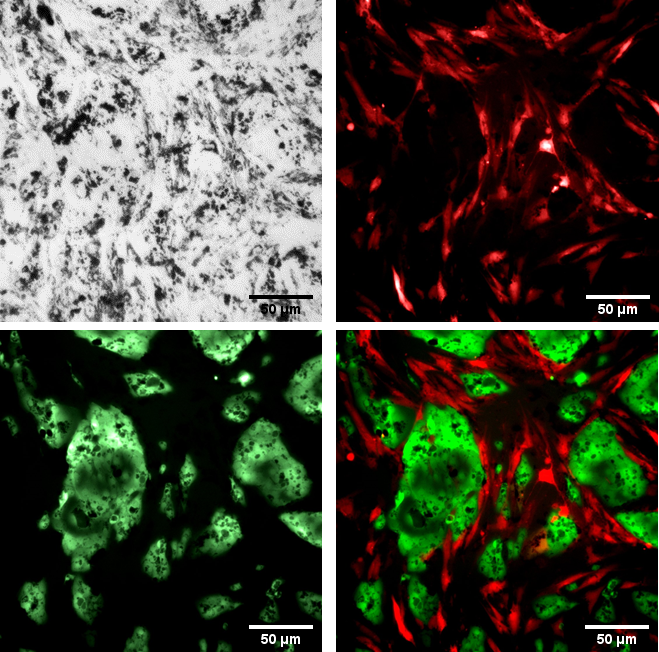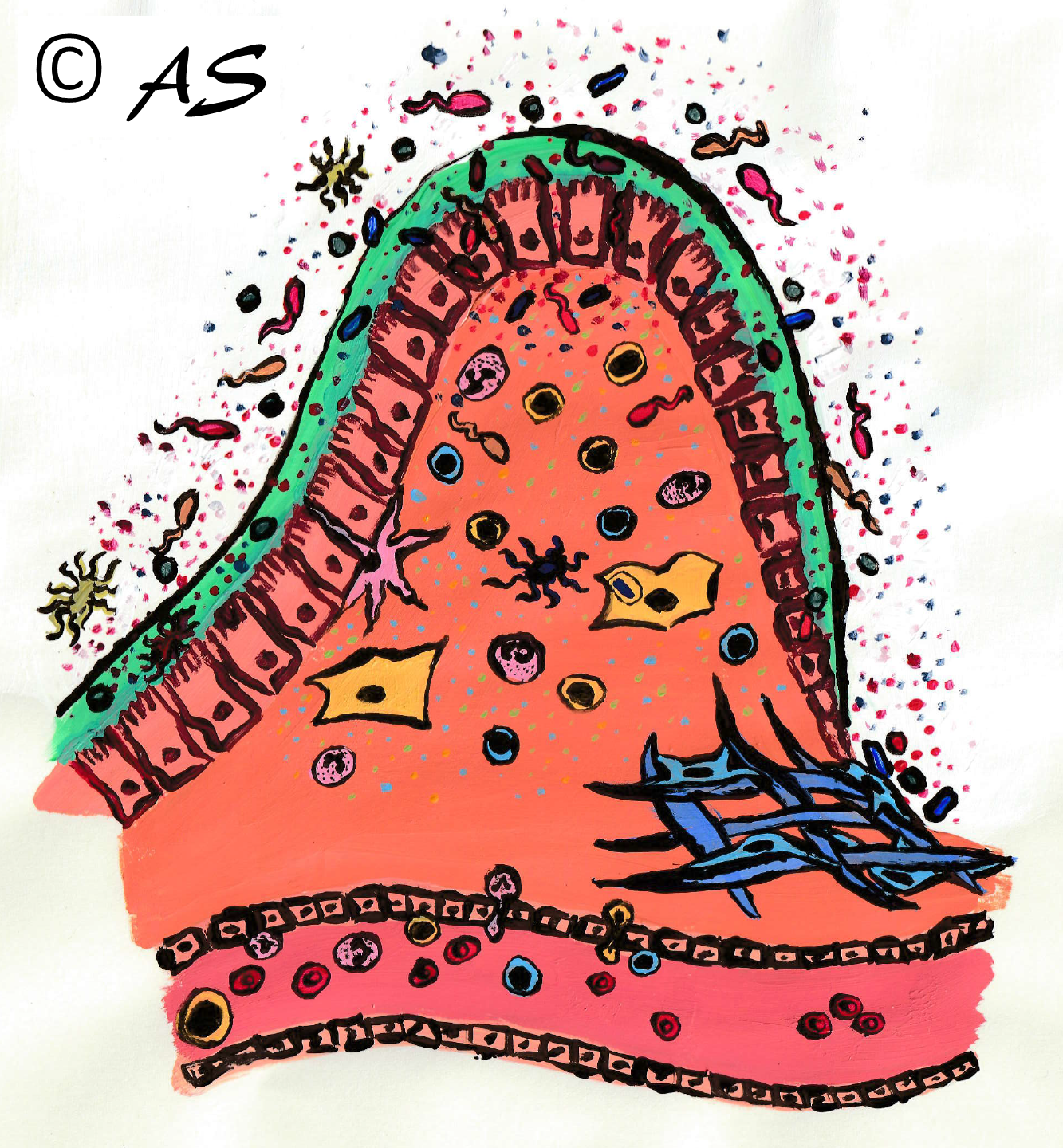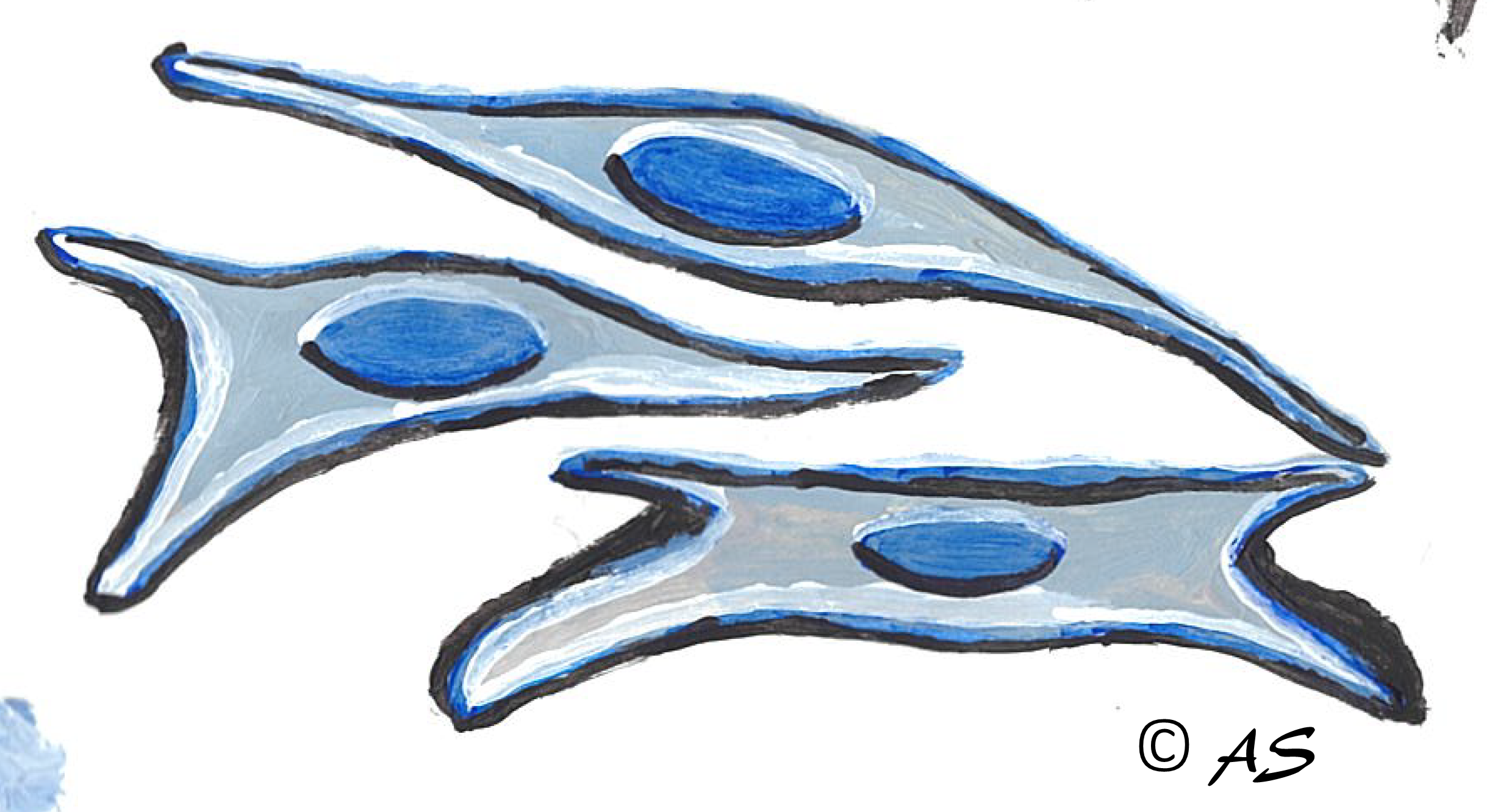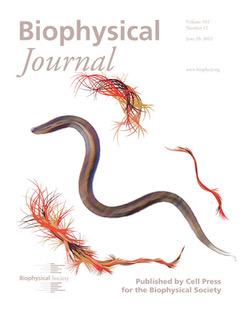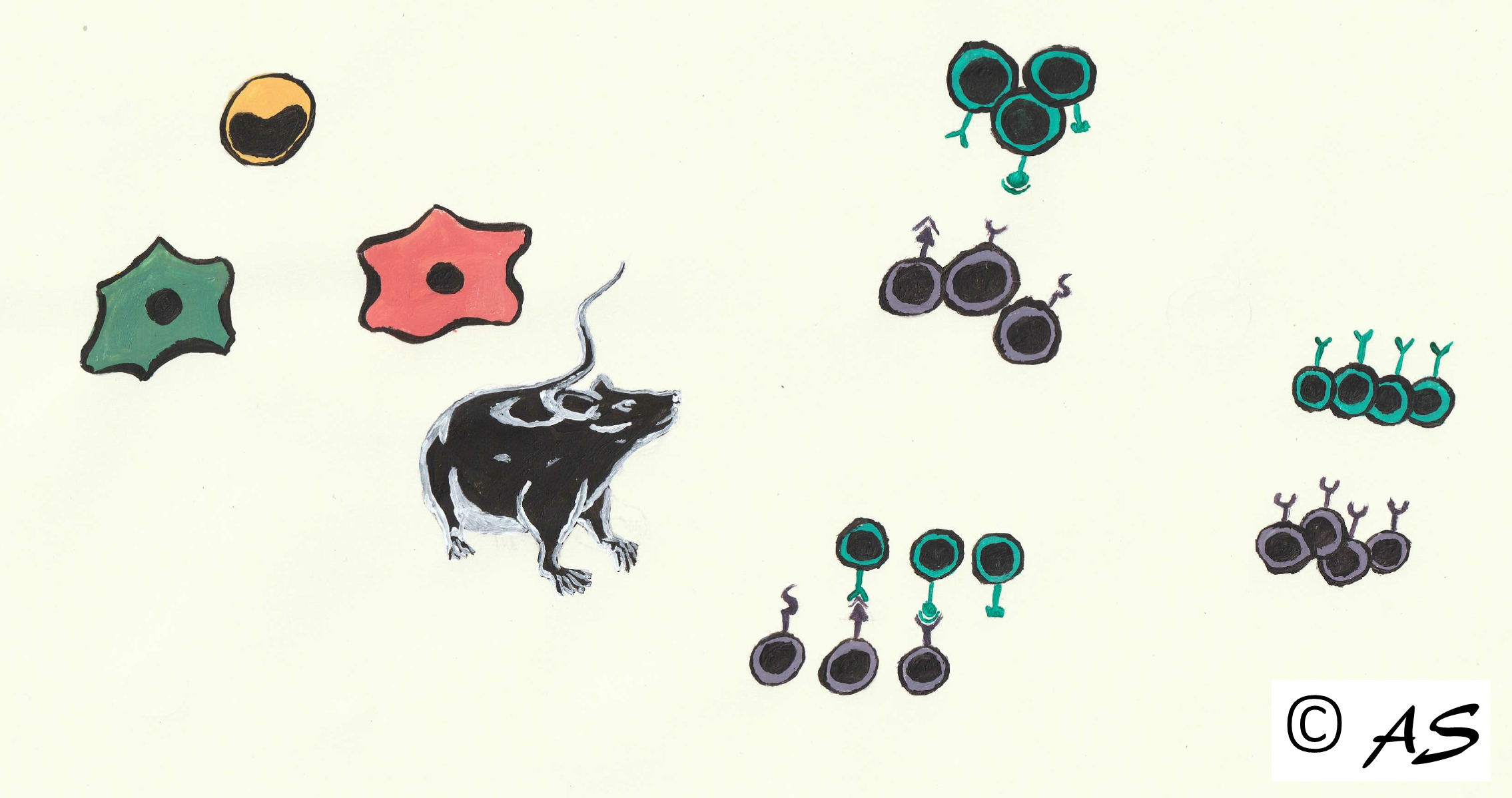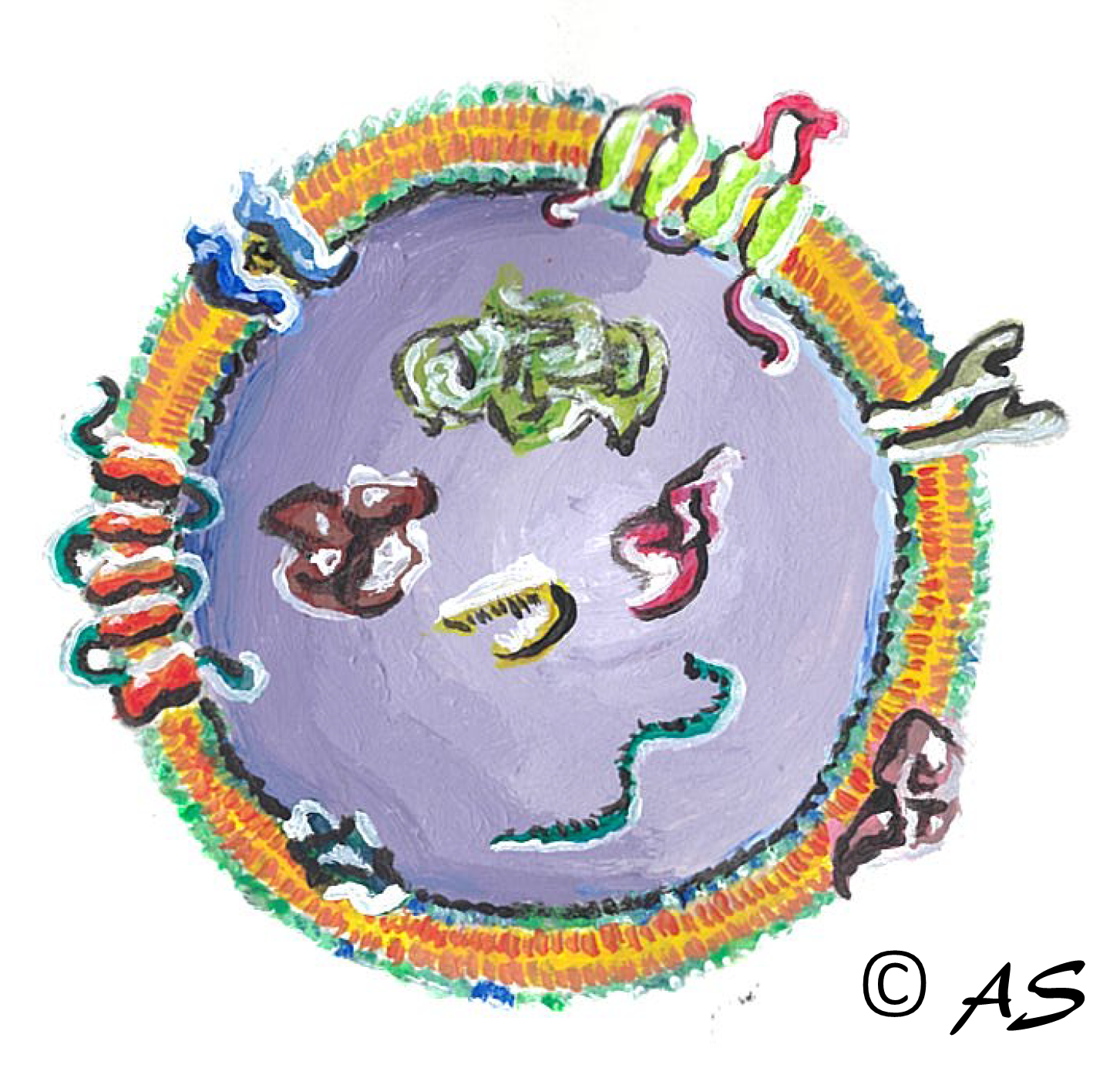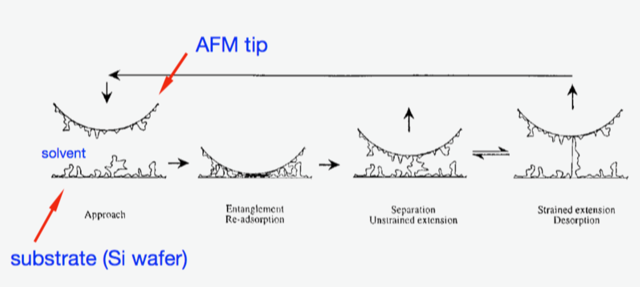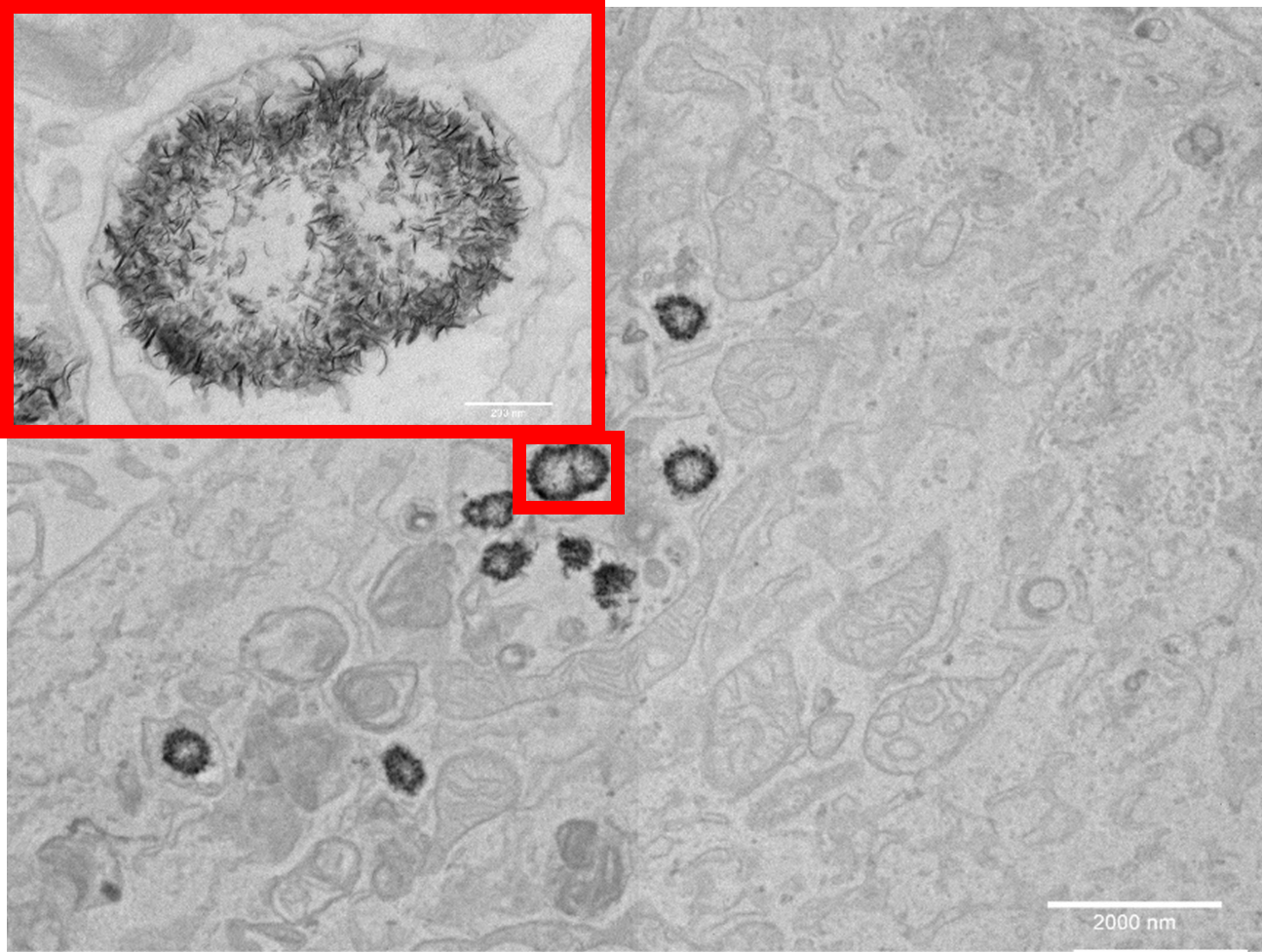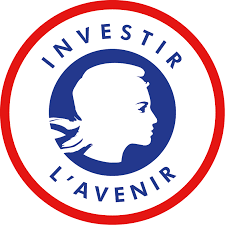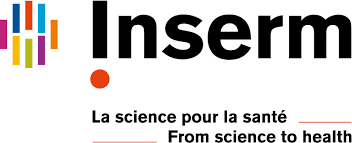Nabi – Nanomédecine, Biologie Extracellulaire, Intégratome et Innovations en Santé
NABI Laboratory: Mission and Objectives
The NABI Laboratory (Nanomedicine, Extracellular Biology, Integratome, and Health Innovations), established on January 1, 2025, by Université Paris Cité, CNRS, and INSERM, aims to develop next-generation therapeutic approaches and make them accessible to the greatest number of patients.
Through interdisciplinary research and our technology accelerator, the IVETh Bioproduction and Biotherapy Integrator, our ambition is to democratize biotherapies and de-risk their bioproduction.
Our Objectives
Understanding the role and fate of exogenous and endogenous nanoparticles in the body
- Investigate their properties, transformations, and impact within the organism.
- Decipher intercellular communication mechanisms involving biological nanoparticles (extracellular vesicles, viral particles, mitochondria, etc.).
Developing innovative (bio)therapies
- Leverage biological nanoparticles as therapeutic vectors in nanomedicine or as alternatives to cell therapies.
- Optimize immunotherapies and other precision treatments through external physical control.
- Overcome treatment resistance mechanisms with innovative delivery strategies.
Integrating bioproduction challenges
- Develop robust, controlled, and eco-friendly processes for the production of biological nanoparticles for therapeutic use.
- Ensure the reproducibility, safety, and scalability of manufacturing processes through AI-driven optimization for industrial and clinical transfer.
- Develop quality control methods at the nanometric scale.
Facilitating the transfer of innovations to clinical applications
- Transform scientific breakthroughs into concrete medical applications.
- Bridge the gap between fundamental research and clinical trials to directly benefit patients.
Promoting an interdisciplinary and collaborative approach
- Bring together researchers in engineering, physics, biology, medicine, chemistry, and AI for an integrated approach.
- Develop partnerships with academic institutions and industry to accelerate innovation.
Addressing global and planetary health challenges
- Contribute to disease prevention and treatment by developing safer, more effective, and more targeted therapies.
- Integrate environmental and ethical considerations into the development of nanomedicines and bioprocesses.
The NABI Laboratory is committed to pushing the boundaries of nanomedicine to make biotherapies accessible to all and to secure their large-scale production.
News
Seminar – “Technologie µLAS pour l’analyse haute sensibilité et la purification de l’ADN: application à l’ADN circulant dans le sang et nouveaux enjeux associés aux vésicules extracellulaires”
Seminar by Aurélien Bancaud, 14th November 2023, 12pm, Salle des Thèses 3rd Floor. Topic: "Technologie µLAS pour l'analyse haute sensibilité et la purification de l'ADN: application à l'ADN circulant dans le sang et nouveaux enjeux associés aux vésicules...
Seminar – “Peptidic Bioactivable AuNCs for Biosensing and Extracellular Vesicles or Cellular Labeling” and “Extracellular Vesicles in seminal fluids, their morphological analysis, and size in healthy patients and others with two pathologies.”
Seminar by Valérie Marchi and Célia Ravel, 7th November 2023, 12pm, Salle des Thèses 3rd Floor. Topic: "Peptidic Bioactivable AuNCs for Biosensing and Extracellular Vesicles or Cellular Labeling" and "Extracellular Vesicles in seminal fluids, their morphological...
Lancement du projet CARN
Le 30 août 2023 a eu lieu la journée de lancement du projet CARN. Le projet CARN, coordonné par le laboratoire MSC vise à développer des biothérapies innovantes basées sur la délivrance locale d’ARN thérapeutiques par des vésicules hybrides fonctionnalisées pour la régénération musculo-squelettique. Le projet CARN a été selectionné par le PEPR 2030
Plusieurs mécanismes de neutralisation des nanoparticules découverts dans les cellules pulmonaires
Comment l’organisme réagit-il en cas d’inhalation de nanoparticules ? Les chercheu.r.se.s de MscMed et leurs collègues ont étudié l’évolution de nanofeuillets de disulfure de molybdène dans des poumons de souris jusqu’à un mois après leur inhalation. Publiés dans la revue Advanced Materials, ces travaux montrent que les macrophages pulmonaires peuvent transformer ces nanoparticules et les enrouler afin de réduire leur surface de contact, et donc leur toxicité, et seraient également capables de moduler la réaction inflammatoire induite.
Journal club – Extracellular vesicles – matrix interactions
Seminar by Lucile Alexandre, 17th October 2023, 1pm, Salle des Thèses 3rd Floor. Topic: Extracellular vesicle–matrix interactions, Koushik Debnath, Kevin Las Heras, Ambar Rivera, Stephen Lenzini & Jae-Won Shin, Nature reviews materials, March 2023...
Molecular and cellular mechanisms of late endosomal autophagic secretion and its role in cell-cell communication
Seminar by Thierry Galli, 10th October 2023, Salle des Thèses 3rd Floor. Topic: Molecular and cellular mechanisms of late endosomal autophagic secretion and its role in cell-cell communication Abstract: VAMP7, a tetanus neurotoxin insensitive vesicular SNARE has been...
Thérapies ciblées : Un nouveau convoyeur de traitements au cœur des cellules
Produites par la plupart de nos cellules, les vésicules extracellulaires sont impliquées dans de nombreux processus physiologiques. Elles permettent notamment aux cellules de communiquer à distance à travers le transfert de molécules biologiques. La recherche tente de détourner cette machinerie cellulaire pour administrer de manière ciblée des substances thérapeutiques à certaines cellules dysfonctionnelles ou cancéreuses.
Soutenance de thèse de Shéryl Bui
Jeudi 5 octobre à 13h30 soutenance de thèse de Shéryl Bui en salle R229, au sein du Campus Saint-Germain-des-Prés de l'Université Paris Cité (45, rue des Saints-Pères 75006 Paris), thèse sous la diretion de Grégory Lavieu. Résumé : Bioengineering of Extracellular...
L’origine du nez
La disposition générale des visages est commune à de nombreuses espèces de vertébrés. Souhaitant comprendre comme se formait le nez, Vincent Fleury, de l’antenne MSCmed située à l’école de médecine, a découvert que les trous du nez et les narines, se formaient suite à...
Inserm Workshop 273 – Advances in therapeutic applications of extracellular vesicles
We are co-organizing an INSERM Workshop on Advances in therapeutic applications of extracellular vesicles. First part (theoretical) will take place in Bordeaux in June. Second part (technical) will take place within IVETh in Paris in October. Deadline for registration...

